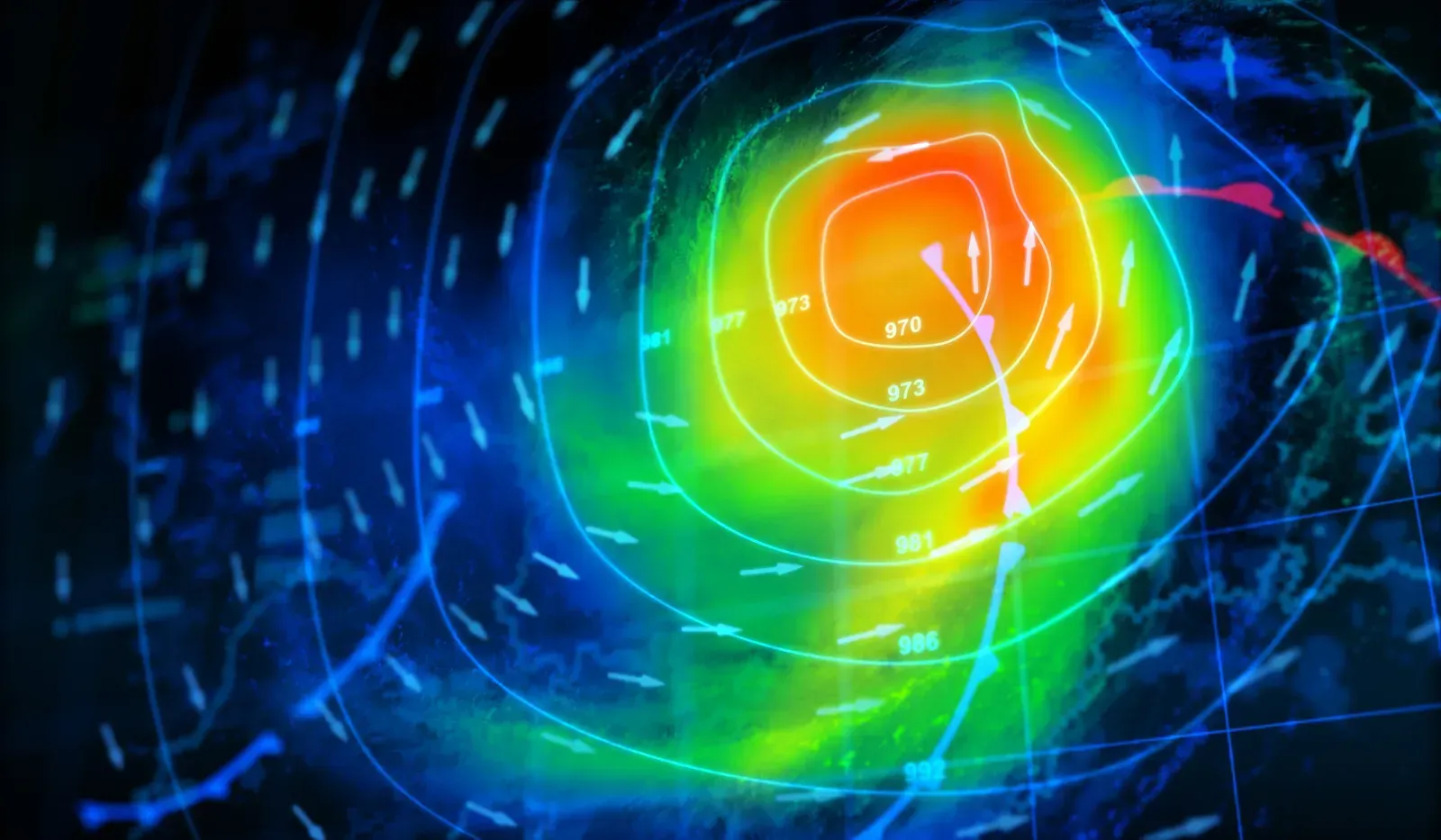objectwire.org
Lawsuit against DOGE on Hold as Drama with Trump and Elon Takes Center Stage
In a high-stakes clash of power, transparency, and politics, The Intercept, a fearless nonprofit news outlet, has filed lawsuits against the Department of Government Efficiency (DOGE), a Trump administration initiative led by Elon Musk. These legal battles, aimed at exposing DOGE’s secretive operations, have been sidelined by swirling political drama involving Trump and Musk.
Why is Intercept Publication suing the Department of Government Efficiency?
Why is The Intercept taking on this fight, and what does it mean for government accountability? Let’s dive into the outlet’s mission, its 2025 lawsuits, and the broader implications of this showdown.
Founded in 2014 by journalists Glenn Greenwald, Laura Poitras, and Jeremy Scahill, The Intercept operates under First Look Media, launched by
eBay billionaire Pierre Omidyar. Its inception was sparked by Edward Snowden’s NSA leaks, setting the stage for its mission of adversarial journalism.
The Intercept focuses on exposing government and corporate overreach, tackling issues like national security, civil liberties, and global conflicts… Or so they say.
Writing and Editing of the Intercepts Publications:
The outlet’s team, including editor Ali Gharib and columnist Natasha Lennard, leans left, often critiquing U.S. policies and corporate power. Its Gaza coverage, for instance, has drawn attention for challenging pro-Israel narratives, addressing “The Intercept Gaza conflict reporting.” This editorial stance has fueled accusations of bias, but supporters argue it fills a critical gap in media.
Explaining The Intercept’s Lawsuits Against DOGE
In 2025, The Intercept filed multiple lawsuits against DOGE, accusing the Musk-led initiative of violating the Freedom of Information Act (FOIA) by withholding documents. These legal actions seek to uncover DOGE’s operations, authority, and potential conflicts of interest, especially given Musk’s roles at SpaceX and Tesla. (Likely now to be thrown out as Musk leaves his government stand disgracedly.)
With 12 FOIA lawsuits filed against DOGE by mid-2025, the outlet has become a key player in demanding “transparency in government operations.”
History of The Intercept
The Intercept’s track record underscores its role in government accountability. Notable investigations include:
- NSA Surveillance (2014): Its Snowden coverage exposed mass surveillance, sparking global privacy debates.
- Gaza Conflict (2024): The Intercept challenged mainstream narratives, highlighting alleged Israeli human rights abuses.
- Corporate Accountability: It investigated Oracle’s censorship of pro-Palestinian voices, exposing corporate overreach.
- Trump Administration (2025): Its DOGE lawsuits and USIP reporting spotlight government overreach.
These efforts have shaped policy debates, with its Gaza coverage cited by 15 activist groups in 2024, per The Intercept’s impact reports, reinforcing its influence for those searching “The Intercept progressive news coverage.”
Funding Woes and Controversies at the Intercept “Non-Profit”
As a nonprofit, The Intercept relies on reader donations and grants, with membership fees ranging from $3 to $5 per month.
However, financial struggles loom large. In 2022, Omidyar withdrew First Look Media’s funding, causing a $300,000 monthly deficit. By 2023, the outlet raised $867,000 in donations, up from $488,000 in 2022, but projections warned reserves could run dry by May 2025. This led to 30% staff layoffs in February 2024, raising concerns about sustainability.
Controversies have also followed the outlet. In 2024, reporter Ken Klippenstein resigned, citing mismanagement and funder pressures, though Gharib and Lennard defended its integrity. Greenwald’s 2020 exit over alleged censorship of a Biden-critical story fueled further debate.
Critics on X have called it a “sinking ship,” while its anti-Israel reporting has drawn bias allegations, per a 2024 Medium post.
Path Forward in the Lawsuit against DOGE
With 68% of Americans supporting stronger government efficiency, Will its lawsuits expose DOGE’s secrets, or will political drama derail the quest for truth?
The outlet’s fight remains a beacon of accountability in a murky political landscape. Its legacy, though challenged, continues to shape the fight against unchecked power. Subscribe for more.
Yesterday’s DOGE subcommittee was on exposing the leftist NGOs, the shadow government, including Russia collision criminal Marc Elias and fascist Skye Perriman’s lawfare nonprofit Democracy Forward.
— The Researcher (@listen_2learn) June 6, 2025
Norm Eisen and his partners are suing DOGE because DOGE exposed them and made… pic.twitter.com/2WikHNwReF





